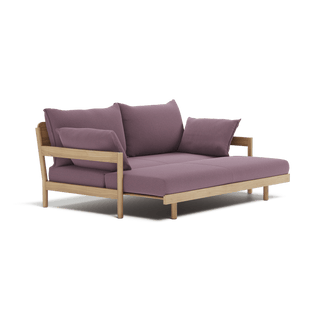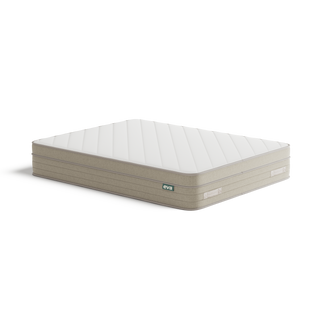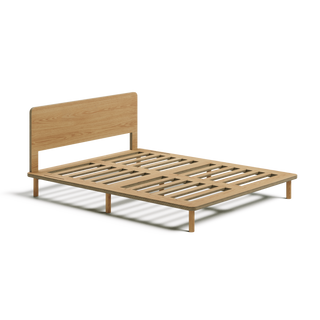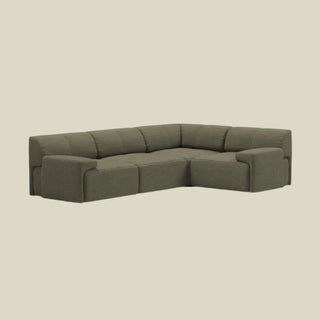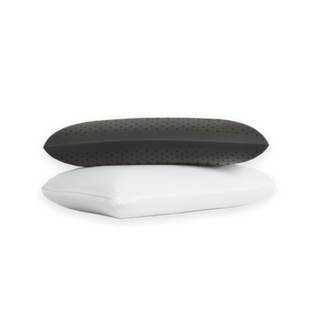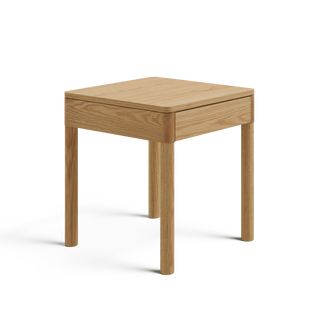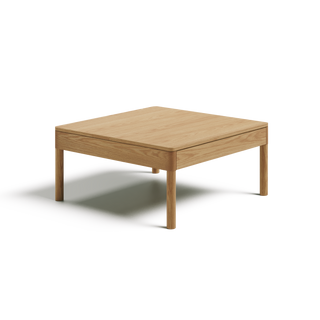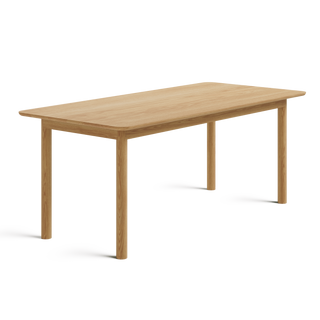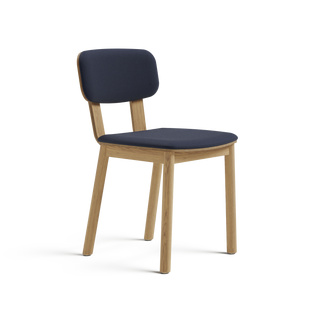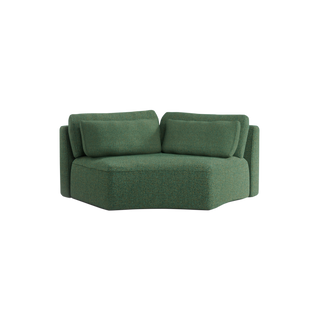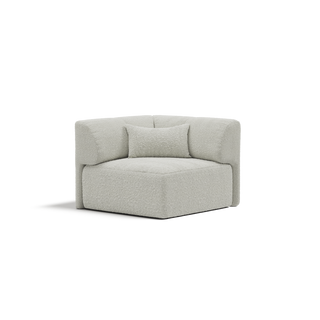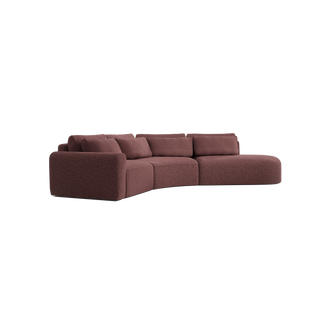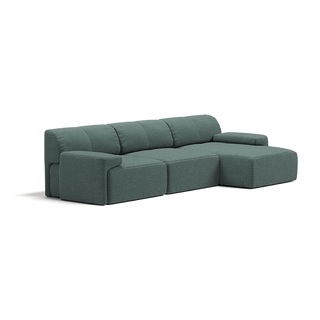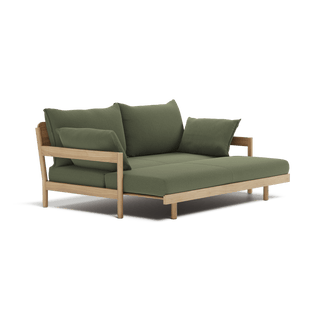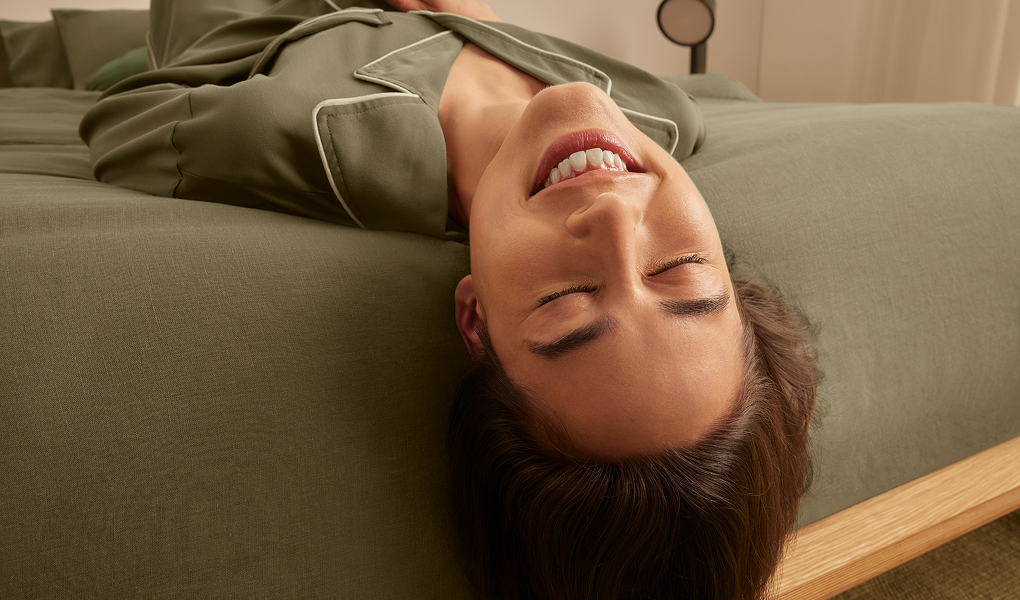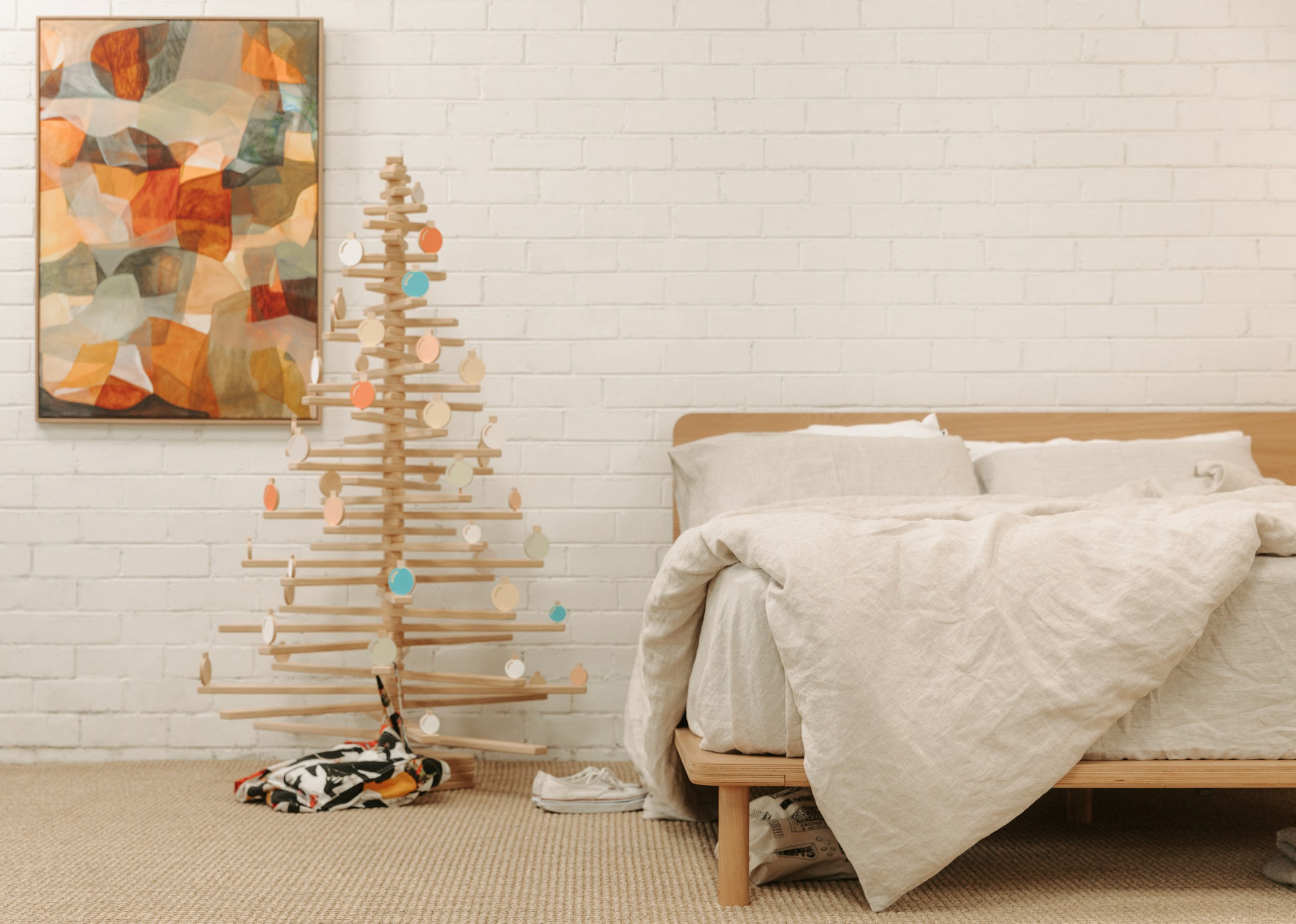Your home should tell your story. Incorporating different interior styles into your home is a journey of self-expression and thoughtful design. Whether you’re drawn to clean lines, rustic charm, or vibrant colours, a quality piece of furniture — versatile and sustainably crafted — can transform any space.
Here’s how to infuse your home with cohesive style, across various trends like Mid-Century Modern, Minimalist, Japandi, Bohemian, and more.

The Foundation of Great Design: Choosing Versatile Pieces
Before diving into specific styles, it's worth considering the backbone of any well-designed room: versatile, quality furniture that adapts to your evolving taste. We prefer spaces filled with character and personality – following a philosophy of aligning with pieces that can grow with you. (Read: how to create a modular furniture setup):
A well-designed sofa, for instance, can anchor a minimalist living room just as effectively as it can ground an eclectic space filled with colour and pattern. The key lies in selecting pieces that serve as a canvas for your personal style and stay with you for years.
Mid-Century Modern: Timeless Sophistication
Born in the 1950s and 60s, Mid-Century Modern design emerged from the belief that good design should be accessible to everyone. This style champions functionality over ornamentation, creating spaces that feel both sophisticated and liveable.

What defines the aesthetic:
-
Furniture shapes: Low, horizontal lines with furniture sitting close to the ground. Think sofas with thin, angled legs (often splayed or tapered) and sleek silhouettes.
-
Materials: Warm wood species like walnut, teak, and rosewood paired with leather, steel, and glass. Natural and man-made materials are thoughtfully combined
-
Colour palette: Neutral backgrounds (whites, creams, grays) punctuated by bold accent colours—mustard yellow, burnt orange, teal blue, and avocado green
-
Patterns: Geometric designs, atomic-inspired motifs, and abstract shapes that reflect the era's optimism about technology and space exploration
- Lighting: Statement pieces like starburst chandeliers, tripod floor lamps, and pendant lights with clean, sculptural forms
Creating the look: The key is restraint: let the furniture's form speak for itself rather than overwhelming it with pattern or colour. Add warmth with furniture with wood, then introduce those signature mid-century colours through carefully chosen cushions or a single statement artwork.
Minimalist: The Art of Less
Minimalism emerged from Japanese design philosophy and gained momentum in the 1960s. It's built on the principle that removing excess allows the essential elements to shine more brightly.
What defines the aesthetic:
-
Spatial approach: Open floor plans with plenty of breathing room between furniture pieces. Every item needs space around it to be appreciated
-
Colour palette: Predominantly monochromatic—whites, grays, and blacks with occasional earth tones like warm beige or soft taupe
-
Materials: Natural materials in their purest form—untreated wood, raw concrete, natural stone, linen, and cotton. Surfaces are often matte rather than glossy
-
Furniture characteristics: Clean geometric lines, no visible hardware, and multi-functional design. Pieces often incorporate hidden storage to maintain clean surfaces
- Textures: Subtle texture variations prevent spaces from feeling sterile—think smooth leather against rough linen, or polished concrete beside natural timber
Creating the look: Begin with a foundation of essential furniture only. Each piece should serve multiple purposes where possible—a storage ottoman that doubles as seating, or a coffee table with hidden compartments. The magic happens in the details: the grain of natural wood, the weave of linen fabric, or the patina of leather develops character over time.
Scandinavian: Hygge at Home
Scandinavian design developed from the harsh Nordic climate and the cultural value of creating cosy, functional homes. The concept of 'lagom' (just the right amount) and 'hygge' (cosy contentment) are central to this aesthetic.

What defines the aesthetic:
-
Wood species: Light woods dominate—birch, pine, ash, and beech are preferred for their pale, bright appearance that maximises natural light during long winters
-
Colour palette: Predominantly white and light grey backgrounds with accents of muted blues, soft greens, and warm grays. Colour is used sparingly and always feels gentle
-
Textiles: Natural fibres are essential—wool, linen, cotton, and sheepskin add warmth and texture. Think chunky knit throws, nubby wool rugs, and linen cushions
-
Furniture shapes: Simple, organic forms with gentle curves. Functionality is paramount, but comfort is never sacrificed
- Lighting: Candlelight and warm LED bulbs create that essential cosy atmosphere. Pendant lights, table lamps, and string lights layer illumination
Creating the look: Start with a light wood base—whether it's flooring, furniture, or shelving. Layer in soft textiles in natural fibres and neutral tones. The key is creating contrast through texture rather than colour: smooth leather against rough wool, polished wood beside matte ceramics. Plants are essential—they bring life and colour to the predominantly neutral palette.
Japandi: The Perfect Balance
Japandi combines Japanese 'wabi-sabi' (finding beauty in imperfection) with Scandinavian 'lagom' (balanced living). This hybrid style emerged in the 2010s as designers sought to blend Eastern philosophy with Nordic practicality.

What defines the aesthetic:
-
Furniture height: Low-profile pieces that create horizontal lines and a sense of groundedness. Floor seating and low tables are common
-
Material philosophy: Natural, unprocessed materials that show their inherent character—wood with visible grain, linen with natural imperfections, clay with hand-thrown irregularities
-
Colour approach: Earthy, muted tones that feel like they've been sun-bleached—warm whites, soft beiges, mushroom grays, and sage greens
-
Spatial concepts: Negative space is as important as furnished areas. Room to breathe and move mindfully through the space
- Craftsmanship focus: Handmade or artisanal pieces that show the maker's touch rather than machine precision
Creating the look: Choose furniture with clean lines but soft edges—avoiding both ornate decoration and stark minimalism. Incorporate natural textures through woven baskets, ceramic vessels, and plants in simple pots. The beauty lies in subtle imperfections: a hand-thrown ceramic vase, a wooden table that shows tool marks, or linen that wrinkles naturally.
Bohemian: Layered Storytelling
Bohemian style draws from the unconventional lifestyle of 19th century artists and writers, evolving into today's free-spirited aesthetic that celebrates global influences and personal expression.

What defines the aesthetic:
-
Layering philosophy: Multiple textures, patterns, and colours work together to create visual richness. Think patterned rugs, velvet cushions on linen sofas, and macramé wall hangings beside oil paintings
-
Global influences: Moroccan poufs, Indian textiles, Turkish kilims, and African mudcloth reflect a well-travelled sensibility
-
Colour richness: Jewel tones dominate—emerald green, sapphire blue, amethyst purple, and golden amber create warmth and drama
-
Material mix: Natural fibres and handcrafted elements—rattan, jute, raw wood, brass, and copper add authenticity
- Plant abundance: Lush greenery in varying heights and textures, often in decorative pots or hanging planters
Creating the look: Begin with a neutral sofa as your foundation—this prevents the space from becoming overwhelming. Build layers gradually: start with a statement rug, add cushions in rich fabrics and varying patterns, then incorporate global accessories collected over time. The key is creating a curated collection that feels personal rather than chaotic.
Contemporary: Sleek and Evolved
Contemporary design isn't a fixed historical style but rather an evolving aesthetic that reflects current trends while maintaining timeless appeal. It borrows elements from various movements while staying firmly rooted in the present.
What defines the aesthetic:
-
Architectural elements: Clean lines with subtle curves for comfort, exposed beams, large windows, and open floor plans that blur indoor-outdoor boundaries
-
Material sophistication: Mixed materials create visual interest—polished concrete with warm wood, brushed steel with soft leather, glass with natural stone
-
Colour schemes: Sophisticated neutrals form the base—charcoal, ivory, warm white, and taupe—with strategic pops of current trend colours
- Art and accessories: Statement pieces that reflect current artistic movements, often oversized or sculptural
Creating the look: Focus on furniture with architectural presence—pieces that look like they were designed specifically for your space. Incorporate mixed materials thoughtfully, ensuring each element has breathing room to make its own statement. Lighting becomes sculptural, with pendant lights, floor lamps, and table lamps chosen as much for their form as their function.
Your Space, Your Story
The most beautiful homes aren't those that perfectly match a magazine spread—they're the ones that reflect the people who live in them.
Whether you're starting fresh in a new space or refreshing your current home, remember that the best-designed room is one where life happens comfortably. Choose pieces that will grow with you, reflect your values, and create the foundation for countless happy memories.

Ready to create your perfect space? Explore Eva's collection of thoughtfully designed furniture that works beautifully across all interior styles, backed by our 60-day love-it-or-return-it guarantee.
FAQ
What's the difference between Mid-Century Modern and Contemporary design?
Mid-Century Modern is a specific historical style from the 1950s-60s featuring low furniture with tapered legs, warm woods like walnut and teak, and bold accent colours. Contemporary design, however, is ever-evolving and reflects current trends while incorporating elements from various styles. Mid-Century Modern has consistent characteristics, whilst Contemporary adapts to present-day preferences and technology.
How do I choose the right sofa for different interior design styles?
Start with a neutral-coloured sofa in quality materials—this becomes your foundation piece that works across multiple styles. For Mid-Century Modern, choose low-profile designs with clean lines. Scandinavian and Japandi styles suit light wood frames and natural fabrics. Bohemian spaces can handle any neutral base that you layer with colourful textiles. Contemporary styles work well with architectural, statement pieces.
Can I mix different interior design styles in one room?
Absolutely! The key is finding common elements that tie different styles together—this could be a consistent colour palette, repeated materials like wood tones, or similar proportions in furniture. For example, you might combine Scandinavian cosiness with Japandi minimalism by using light woods and natural textiles whilst keeping the overall aesthetic clean and uncluttered.
What colours work best in minimalist and Scandinavian interiors?
Minimalist spaces typically use monochromatic palettes of whites, greys, and blacks with occasional warm earth tones like beige or taupe. Scandinavian design favours light, bright colours—predominantly whites and light greys with soft accents of muted blues, sage greens, and warm grays. Both styles prioritise natural light and use colour sparingly to maintain their serene, uncluttered feel.
How can I make small spaces work with these interior design styles?
Choose multi-functional or modular furniture like sofa beds or storage ottomans to maximise space efficiency. Light colours and materials help small rooms feel larger—perfect for Scandinavian or minimalist approaches. Avoid overwhelming small spaces with too many patterns (save bold Bohemian elements for larger rooms). Japandi's low-profile furniture can actually make ceilings appear higher, whilst Contemporary's clean lines prevent visual clutter.
